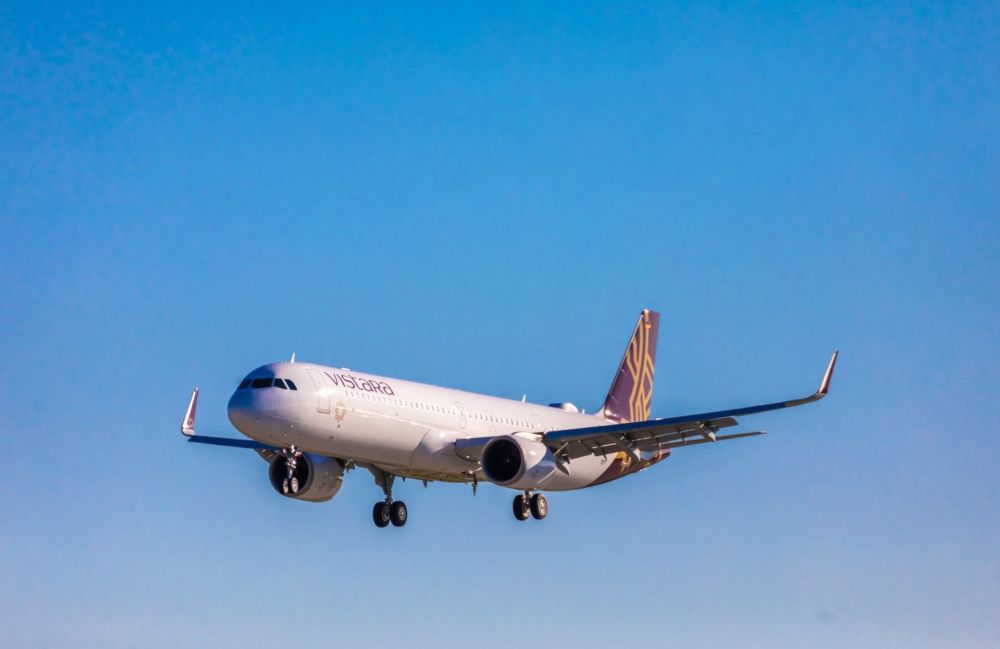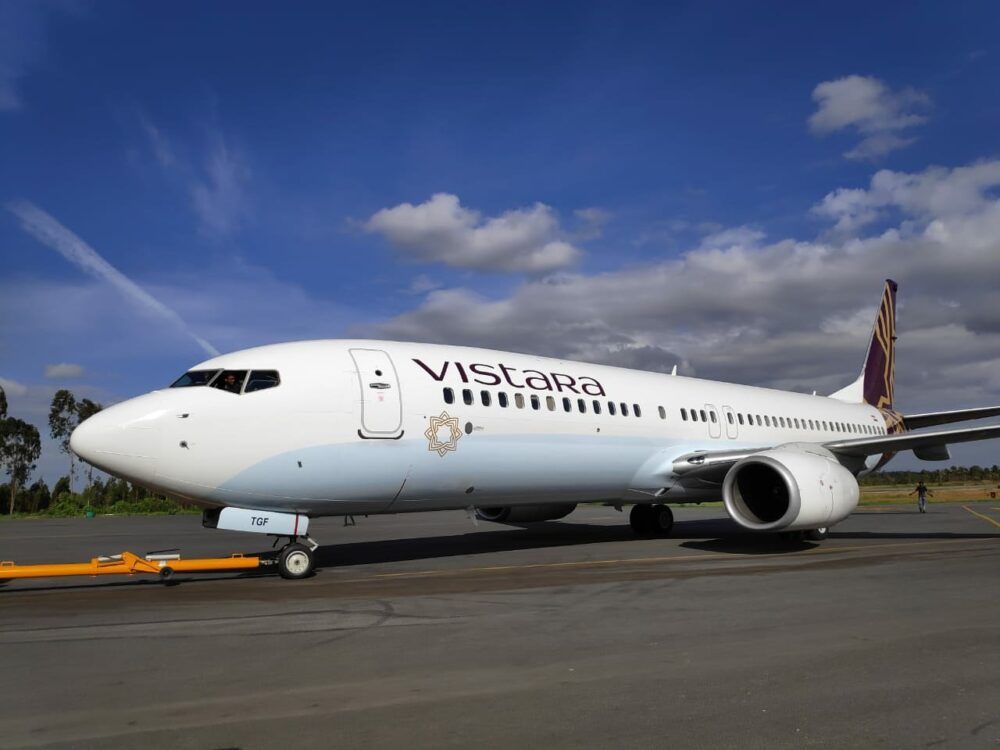Just seven years after launching its first services, Vistara has grown to be a significant player in the Indian aviation market. To date, the airline has carried more than 30 million passengers and continues to take delivery of aircraft despite the current challenges. It heads into its eighth year with a fleet of 50 planes, and more new technology aircraft on the way.
The growth of Vistara
In the great scheme of things, Vistara still seems like a relatively new airline. And it is. Compared to the likes of century-old KLM and almost-90-year-old compatriot Air India, Vistara is a baby. Founded in 2013 as a joint venture between Tata Sons and Singapore Airlines (SIA), the airline formally launched operations on January 9th, 2015, seven years ago yesterday.
Despite its relative youth, the full-service airline has made some significant waves in the Indian aviation space. Indeed, the carrier has stated that it has, to date, transported in excess of 30 million passengers both domestically and internationally since its founding.
According to figures published by the Directorate General Of Civil Aviation (DGCA), Vistara’s domestic load factor has increased from 53.7% in 2014/15 to 84.2% in. 2018/19. Even as the COVID pandemic began to affect operations in 2019/20, the airline maintained a healthy load factor of 81.8%. That year, it also launched its first international services, achieving an average load factor of 69.1%.
Although the most financial year, 2020/21, has been one of the most difficult on record for aviation worldwide, Vistara has continued to push forward. From January to September (the latest statistics available), the airline carried 3.8 million domestic passengers and 126,000 international, achieving load factors of 66.7% and 49.6% respectively.
Stay informed: Sign up for our daily and weekly aviation news digests.
A growing fleet
It’s not just Air Vistara’s passenger numbers that are growing either. The airline has been steadily developing its fleet, even during the challenging COVID times. Today, the carrier has a fleet of 50 aircraft, and has taken delivery of 12 new planes in 2021 alone, at a time when many others are deferring new aircraft.
In total, Vistara has received 21 new aircraft since the start of 2020, including its first two Boeing 787 Dreamliners. Alongside these, it has received 15 A320neos and four A321neos, according to statistics from ch-aviation.com.
So keen was Vistara to grow its fleet, in 2019 it took on nine Boeing 737-800s from failed carrier Jet Airways to provide the capacity it needed while it was awaiting its new planes. These were not a great fit against its all-Airbus narrowbody fleet, but enabled the airline to pick up the slack from the loss of Jet. As new Airbus neos arrive, the 737s are gradually being phased out, with just five remaining in the fleet today.
The new CEO of the airline, Vinod Kannan, commented on the growth of Vistara saying,
"Vistara entered the aviation market at a time when many in India believed that there was no place for another full-service airline, and yet, in a remarkably short span of time, it became 'India's best airline'. All of us at Vistara are truly grateful to our customers, partners and shareholders who have supported this dream of building a world-class airline that India can be proud of."
Vistara is expecting another 23 A320neos to be delivered in the coming years, as well as an additional four 787s. With the 737-800s being phased out along with its old A320s, Vistara will soon have one of the world’s youngest fleets, setting itself up for further success in the years to come.



